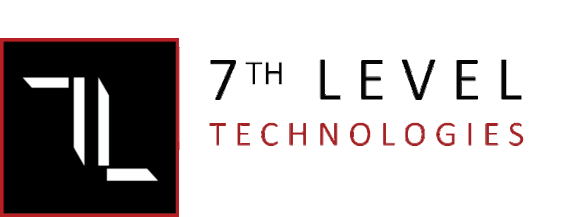Surveillance cameras, or CCTV (Closed-Circuit Television) systems, are critical components of commercial and industrial security systems. They help monitor activity, deter crime, assist in investigations, and ensure operational safety and compliance.
Key Types of Surveillance Cameras
| Camera Type |
Description |
Common Use Case |
| Dome Camera |
Compact, vandal-resistant dome housing |
Indoor offices, retail, lobbies |
| Bullet Camera |
Long cylindrical body, longer range |
Parking lots, perimeter monitoring |
| Turret Camera |
Ball-style camera, flexible mounting |
Indoors and out, fewer reflections |
| PTZ Camera |
Pan-Tilt-Zoom control via software or joystick |
Parking, large yards, live tracking |
| Fisheye/360° |
Wide area coverage with a single lens |
Open spaces, warehouses |
| Thermal Camera |
Detects heat signatures instead of visible light |
Border security, smoke/dark environments |
| Covert/Hidden |
Designed for discreet surveillance |
Anti-theft, sensitive zones |
System Architecture Options
- Analog (CCTV)
- Uses coaxial cables (BNC)
- Requires a DVR (Digital Video Recorder)
- Lower cost, lower resolution
- IP (Network)
- Transmits via Ethernet (Cat5e/6)
- Requires NVR (Network Video Recorder) or cloud
- High resolution (HD, 4K), smart analytics, PoE support
- Cloud-Based
- Cameras send encrypted streams to a cloud server
- Access from browser/app
- Ideal for multi-site or remote access
Key Features to Look For
| Feature |
Benefit |
| Resolution (MP) |
Higher = better detail (HD, 4K) |
| Night Vision (IR) |
Sees in total darkness |
| WDR (Wide Dynamic Range) |
Handles lighting contrast (e.g., windows) |
| Motion Detection |
Triggers alerts or recordings only when movement occurs |
| AI Analytics |
Detects humans, vehicles, license plates, etc. |
| Audio Support |
Record or broadcast sound (2-way or 1-way) |
| Weather/Vandal Rating |
IP66/IP67 (outdoor), IK10 (vandal-resistant) |
Surveillance Integration Possibilities
- Access control (match footage with door entries)
- Intrusion alarms (triggered camera recording)
- License plate recognition (LPR) at gates
- Factory/Process monitoring
- Fire and safety compliance (PPE detection, occupancy)
Compliance & Security Considerations
- NDAA Compliance: Required for U.S. government or military contracts
- Data retention policies: Ensure legal storage durations (30/60/90+ days)
- Cybersecurity: Change default passwords, isolate camera networks, use HTTPS
- Privacy laws: GDPR, HIPAA, and local regulations may govern recording and usage


